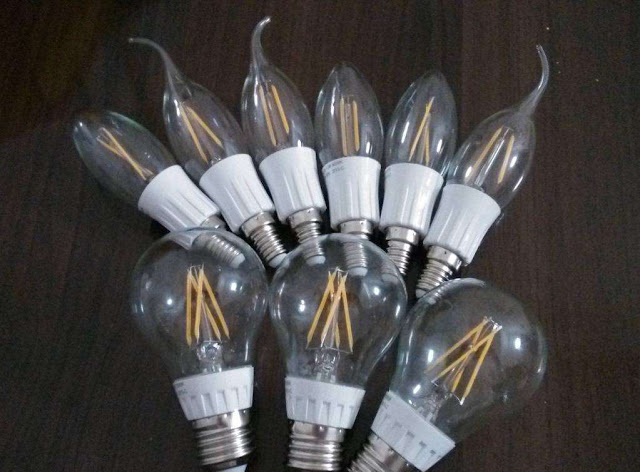Lanthanum hexaboride LaB6 cathode material:
Lanthanum hexaboride has the
characteristics of high emission current density and low evaporation rate at
high temperature. Therefore, as a cathode material, it has gradually replaced
some tungsten cathodes in industrial applications. At present, the main
application fields of lanthanum hexaboride LaB6 cathode materials are as
follows:
1 Microwave vacuum electronic devices and
ion thrusters in the fields of military and space technology, and new
technology industries such as display and imaging devices and electron beam
lasers with high definition and high current emissivity required by civil and
military industries. In these high-tech industries, the demand for low
temperature, high uniform emission, high current emission density and high
lifetime cathode materials has been very tight.
2 Electron beam welding industry. For
electron beam welders, electron beam melting and cutting equipment. The cathode
material should meet the requirements of high current density and low work
function. The traditional equipment mainly uses tungsten cathode (the work
function is too high, the current emission density is too small), which cannot
meet the application requirements, and the LaB6 cathode replaces the tungsten
cathode with its superior performance, and has been widely used in the electron
beam welding industry. .
3 High-tech testing equipment industry. Due
to its high brightness and long life, LaB6 cathode replaces the traditional hot
cathode materials such as tungsten cathodes in electronic equipment such as
electron microscopes, Auger spectrometers and electron probes.
4 Accelerator industry. LaB6 has higher ion
bombardment stability than conventional tungsten and tantalum, and LaB6 cathode
is widely used in accelerators of different structures such as synchrotrons and
cyclotrons.
5 Discharge tube industry. The LaB6 cathode
can be used in gas discharge tubes, laser tubes and magnetron type amplifiers.
As an electronic component in modern
technology, LaB6 hexaboride is widely used in the civil and defense industries:
1 Electron emission cathode. Due to the low
electron emission work, the cathode material with the highest
medium-temperature emission current, especially the high-quality single
crystal, is an ideal material for high-power electron emission cathodes.
2 High brightness point source. Used to
prepare core components for electron microscopy, such as optical filters, soft
X-diffraction monochromators, and other electron beam sources.
3 Highly stable and high life system
components. Its excellent overall performance makes it suitable for use in a
variety of electron beam systems, such as electron beam engraving, electron
beam heat sources, electron beam torches and accelerators for engineering high
performance components.
For more information, please visit https://www.preciseceramic.com/.

Comments
Post a Comment